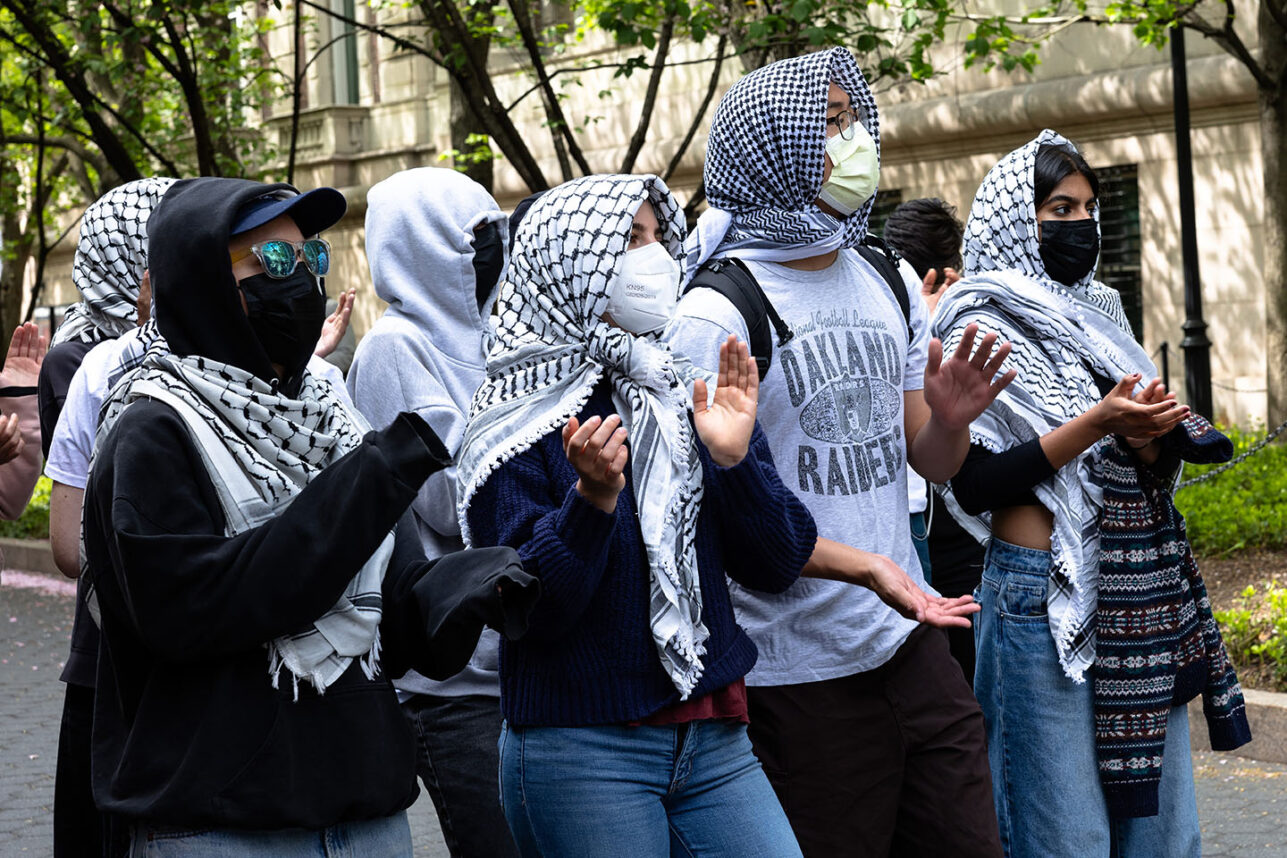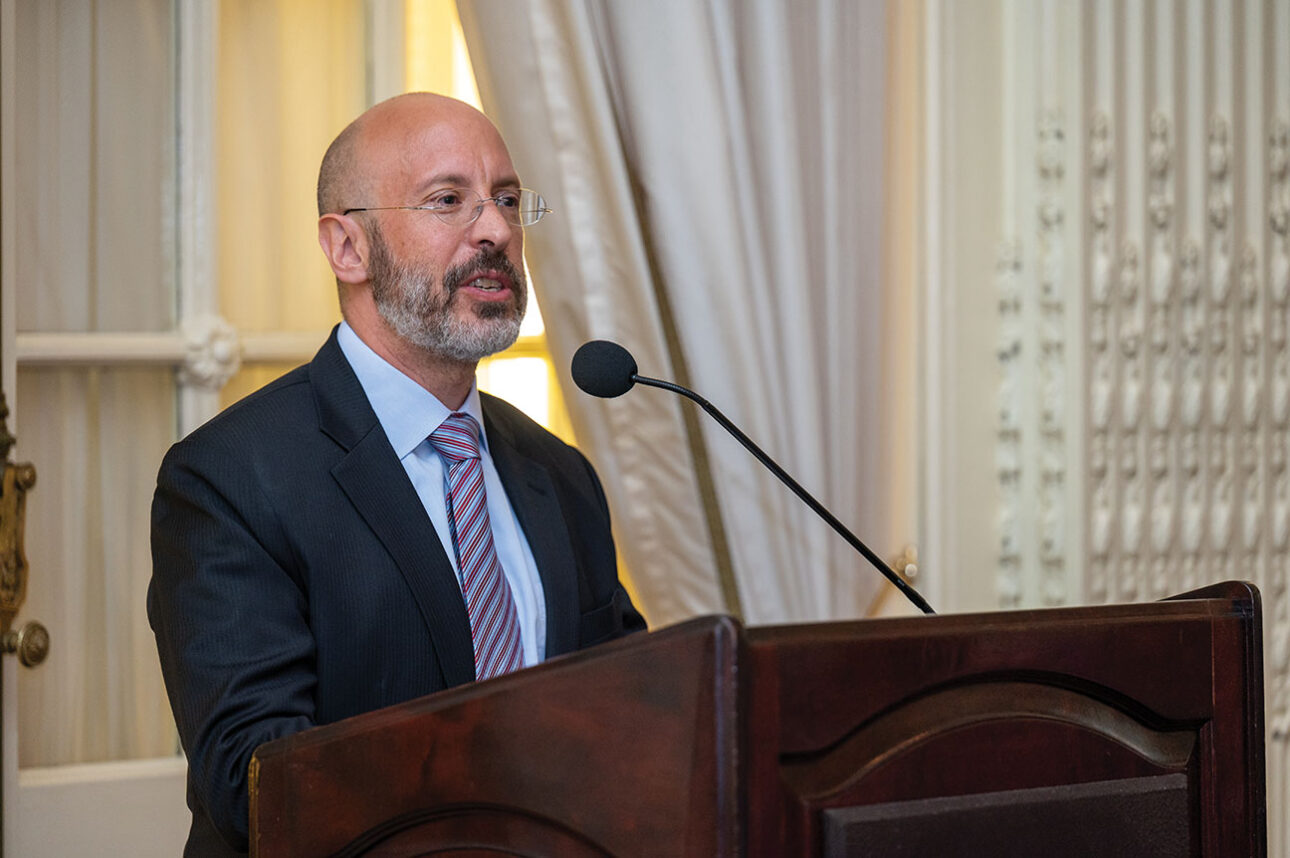Rabbi Edward Feinstein wants to make something clear: It’s not about the anecdotes or the jokes or the witty stories. "The art of giving a sermon is not to say something clever. The art of giving a sermon is to say something important. It’s not about entertaining," says Feinstein, rabbi at Valley Beth Shalom in Encino. "I want to say something that will change the way people think and act and what they value, and bring people closer to the source of the meaning of life."
It is a challenge Feinstein and most other rabbis think about all year long, and as summer wanes and September approaches, those thoughts creep more and more to the fore of their minds. What they will say, how they will say it and what effect the sermon will have are challenges no rabbi takes lightly.
Often the idea for a sermon stems from current events, where items in the news — this year Israel, Sept. 11, business ethics — might provide the starting point for a broader discussion of Jewish values, ethics or personal growth.
"Does a particular experience bespeak something deeply rooted in Jewish experience or the human experience?" Feinstein asks himself.
This year, for instance, he will talk about Israel, but he will extend the ideas gleaned from the current crisis to the span of Jewish history and the Jewish future.
"I am interested in Israel as an example of the special condition of the Jewish people, and how the Jewish people deal with adversity and situations which appear to be hopeless," he says. "How do Jews get through tough times without losing their souls, without becoming monsters? How is it that over 2,000 years in exile we never became thoroughly embittered?" he asks.
Beyond current events, the sermon often stems from what a rabbi has been studying personally.
"Sermonizing is a process of teaching, and teaching is the product of learning, and we’re always learning and thinking about what we’d like to teach from the stuff that we’re learning," Feinstein says.
For Rabbi Steven Weil of congregation Beth Jacob in Beverly Hills, teaching is a primary component of the sermon.
"The long-term goal is education, the short-term goal is inspiration," Weil says. "On an educational level, I try to develop a concept or a theme to expose people to looking at themselves or the world a little bit differently. On a more visceral level, I want to inspire people not just to look at the world differently, but to conduct affairs differently or relate in a more passionate way," he says.
Weil says that for the High Holidays, he likes to pick up a motif from the prayer service or the Torah reading.
"I want to take a theme that brings out the personality of the day," he says.
For Weil and other rabbis of congregations where the weekly Shabbat and High Holiday crowds are the same, the Rosh Hashana or Yom Kippur sermon is part of an ongoing conversation, rather than a once-a-year chance to inspire congregants.
Rabbi Stewart Vogel of Temple Aliyah in Woodland Hills says that for him, the hardest sermon to give is the first — erev Rosh Hashana.
"How do you set the mood for people who are not always so comfortable in services, and how do you gently transition them into the heaviness of what the Days of Awe are about?" he asks.
Vogel says he gets energized every year after he attends the Southern California Board of Rabbis Sermon Seminar, held this year on Aug. 13 at Stephen S. Wise Temple.
Far from being a sermon swap meet, the seminar allows rabbis to be inspired by ideas others have been unpacking, and to kick into high gear their own process of congealing ideas that they have been bouncing around for months.
"It’s important for us to get together as a rabbinic community," Vogel says. "It’s a time for us to check in. We’re all struggling with the most significant issues that we’re going to share with our congregations, and it gives us an opportunity to study and to share ideas," he says.
Rabbis have different gauges for whether a sermon has been a success.
"You can see it in their faces and in their eyes," Weil says. "In the long term, you can see if the terms become part of their conversations, if the ideas become part of their Jewish repertoire."
Feinstein agrees, but says the gauge is also internal.
"Part of it is, ‘Did I learn something from doing this? Did I grow in the process of putting this together?’" he says.
Ultimately, it is about the moment when the rabbi is standing at the pulpit before his or her congregants.
"The anxiety I feel before talking really isn’t about whether the talk will be clever or charismatic; I want to feel that it’s important," Feinstein says. "This is such a precious opportunity. I stand in front of 10,000 Jews, and I pray that I have the ability to say something important to them to connect them to the meaning that they are looking for."






















 More news and opinions than at a Shabbat dinner, right in your inbox.
More news and opinions than at a Shabbat dinner, right in your inbox.